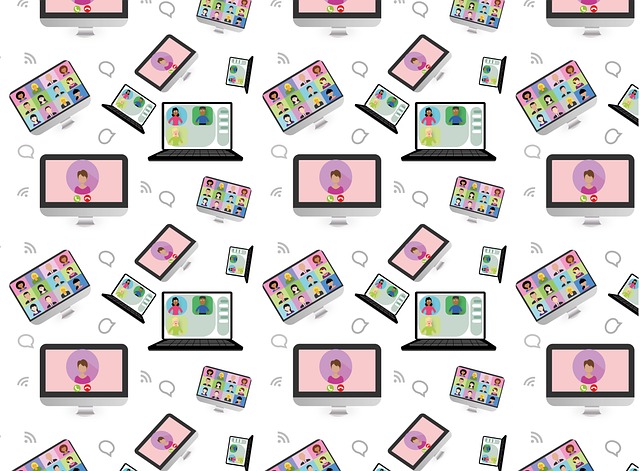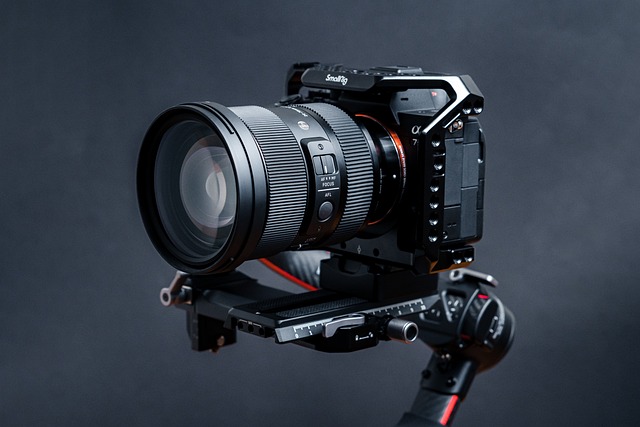The DivX file format has gained prominence for its exceptional DivX File Format Compatibility, enabling seamless video playback across diverse devices and platforms. Its advanced compression techniques reduce file sizes without sacrificing quality, facilitating faster streaming. Manufacturers adopting DivX as a standard can ensure robust support for various codecs, enhancing user experience in today's digital ecosystem. Best practices include maintaining compatibility, updating to latest codecs, designing universally compliant interfaces, and rigorous testing to resolve issues early, ensuring a unified media experience across devices and operating systems.
“The DivX file format has evolved to become a key enabler for seamless integration across diverse devices. This article delves into the role of DivX in facilitating device compatibility, highlighting its numerous advantages. From supporting a wide range of codecs to ensuring efficient data transfer, DivX simplifies multimedia experiences. We explore best practices to optimize this integration process, ensuring users enjoy a flawless and consistent experience across different platforms. Understanding the DivX format is crucial for harnessing its power in today’s diverse digital landscape.”
Understanding DivX File Format and Its Role in Integration

The DivX file format has played a significant role in the realm of multimedia integration, offering a level of compatibility that facilitates seamless interactions between diverse devices. This popular container format is known for its ability to compress video data efficiently while maintaining high-quality visuals, making it a go-to choice for users seeking optimal playback across multiple platforms. By adopting DivX as a standard, device manufacturers and media players can ensure their products offer robust support for various video codecs and compression levels.
In the context of integration, DivX’s compatibility extends beyond mere playback. It enables developers to create applications and services that seamlessly interact with different devices, operating systems, and streaming platforms. This versatility is particularly beneficial in today’s digital landscape where users demand smooth transitions between watching content on smartphones, tablets, smart TVs, or computers. With DivX, media files can be easily shared and played back consistently across these devices, enhancing the overall user experience and promoting a more connected multimedia ecosystem.
Advantages of DivX for Seamless Device Compatibility

DivX offers significant advantages when it comes to ensuring seamless device compatibility, making it a preferred choice for multimedia enthusiasts and content creators alike. One of its key strengths lies in the DivX File Format Compatibility. This format is designed to work across a wide range of devices, from smart TVs and gaming consoles to smartphones and tablets. By utilizing DivX, users can enjoy their media content without worrying about compatibility issues, as it provides a consistent experience regardless of the playback platform.
Additionally, DivX leverages advanced compression techniques, ensuring that files are optimized for size without compromising on video quality. This is particularly beneficial when streaming or transferring videos between devices, as it reduces file sizes, resulting in faster transfer times and smoother playback. The versatility of DivX allows users to access their media library seamlessly, providing a unified experience across different screen sizes and platforms.
Best Practices for Ensuring Optimal Integration Experience

To ensure optimal integration and a seamless experience across various devices, several best practices should be implemented. One key aspect is maintaining DivX file format compatibility, ensuring your device or software can seamlessly interpret and display these files. This involves keeping up with updates and supporting the latest DivX codecs to cater to diverse user needs.
Additionally, focusing on universality in design and development is vital. Creating standards-compliant interfaces that adapt gracefully across different operating systems and screen sizes enhances integration capabilities. Testing is also crucial; rigorous testing across a wide range of devices and software versions ensures compatibility issues are identified and resolved early, leading to a more robust integrated experience.
The DivX File Format offers a powerful solution for achieving seamless device compatibility, ensuring that users can enjoy their media content across various platforms. By understanding and leveraging this format’s capabilities, individuals can streamline their multimedia experiences, taking advantage of enhanced performance and wider accessibility. Adhering to best practices recommended in this article will contribute to an optimal integration process, making DivX a reliable choice for connecting diverse devices and enhancing entertainment accessibility.
